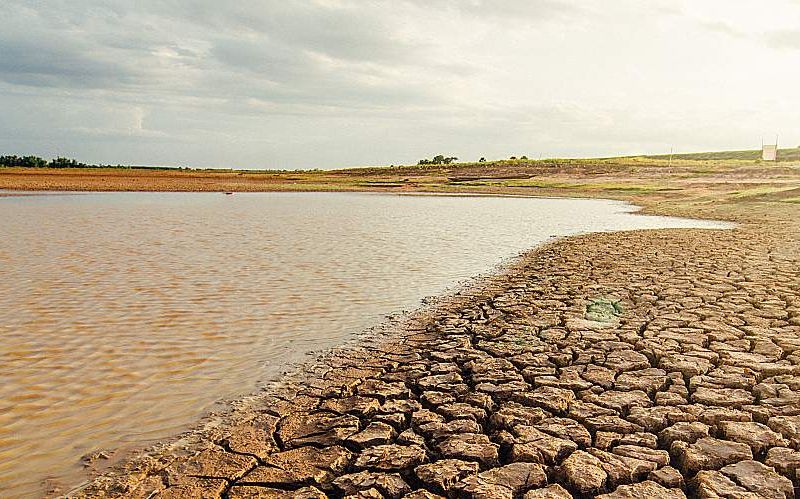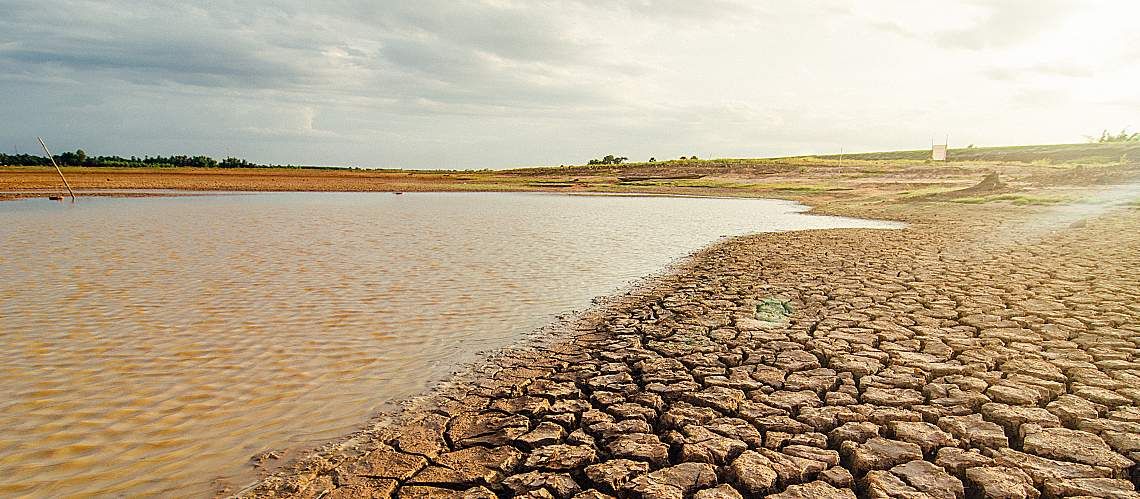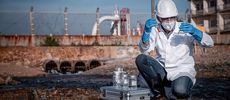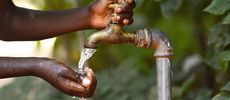Improve Water Quality by Reducing Wasted Water


Over the past 50 years, the U.S. population has doubled—and water use has tripled, according to the Environmental Protection Agency (EPA). That's critical not only for water availability but also for water quality.
Water scarcity has intensified as the population grows, and the climate warms. By 2024, at least 40 U.S. states anticipate water shortages, making water conservation measures essential. Yet the average American household uses more than 300 gallons of water a day—and with 70% of that used indoors, a lot goes down the drain.
That wasted water can contribute to declining water quality—because the more water that goes to local treatment plants, the greater the load on their systems. Conserving water means less wastewater to treat, helping facilities do a better job of ensuring local water quality. But plants need robust infrastructure that can handle stormwater as well.
Here's a closer look at the impact of water conservation on water quality and the benefits for public and environmental health.
Water Quantity Determines Water Quality
The more water a wastewater treatment plant receives, the harder it is to achieve high-quality standards for water discharged. Two factors determine the amount of water that needs to be treated: First, how much homes, businesses, and industries use, and second, how much runs off from impervious surfaces in the surrounding landscape.
Wastewater encompasses used water from kitchens, bathrooms, and washing machines. It includes human waste, food scraps, oils, chemicals, and soaps. This effluent must be cleaned up to reduce pollutants and meet EPA water quality criteria for rerelease into the environment.
Stormwater is runoff that washes from roads, parking lots, and rooftops. When it rains, some utilities can't handle the combined sewer overflow—the total volume of wastewater and stormwater. In that case, facilities also discharge some untreated wastewater.
The human demand for water often conflicts with environmental needs. Even in areas with abundant water—and especially in those facing shortages—the less water sent to the treatment plants, the better it is for human health and aquatic and terrestrial wildlife. Less water wasted also means more water available to lakes, rivers, and streams.
Aging Infrastructure Impacts Water Parameters
The condition of infrastructure for drinking water and wastewater treatment in the U.S. is also an issue. The nation's 2.2 million miles of drinking water infrastructure delivers water to millions of people. In addition, the wastewater network includes over 800,000 miles of public sewer and 500,000 more miles of private lateral sewers that connect homes and businesses. Both systems are underfunded and aging. The American Society of Civil Engineers gives the nation's drinking water infrastructure a C- and its wastewater treatment infrastructure a D+.
The deteriorating infrastructure contributes to deficiencies in both water quantity and quality. For example, although 39 billion gallons of water are used daily for public supply—domestic, commercial, and industrial uses—an estimated 6 billion gallons, or 15% of treated water, are lost.
An adequate water infrastructure contributes to the health of people and ecosystems, energy and food production, and socioeconomic development, according to the United Nations (U.N.). In fact, U.N. Sustainable Development Goal 6 calls for adequate drinking water and sanitation for all people around the globe. In the U.S., the Bipartisan Infrastructure Law is addressing water issues by providing more than $50 billion to improve the nation's drinking water, wastewater, and stormwater infrastructures.
Water Testing Labs Can Lead Conservation Efforts
Water testing labs can help communities conserve water by reminding customers of ways they can save water at their homes and businesses—often without even noticing. Even better, customers will also save money with lower water bills. Share what you're doing to save water at your lab and challenge them to make at least one change to use less water. Simple actions can help ensure enough clean water for families, businesses, industries, and the environment.
Start now, and your water testing lab can take a leadership role in ensuring high-quality water for everyone—an issue that will become increasingly crucial as the decade continues.






